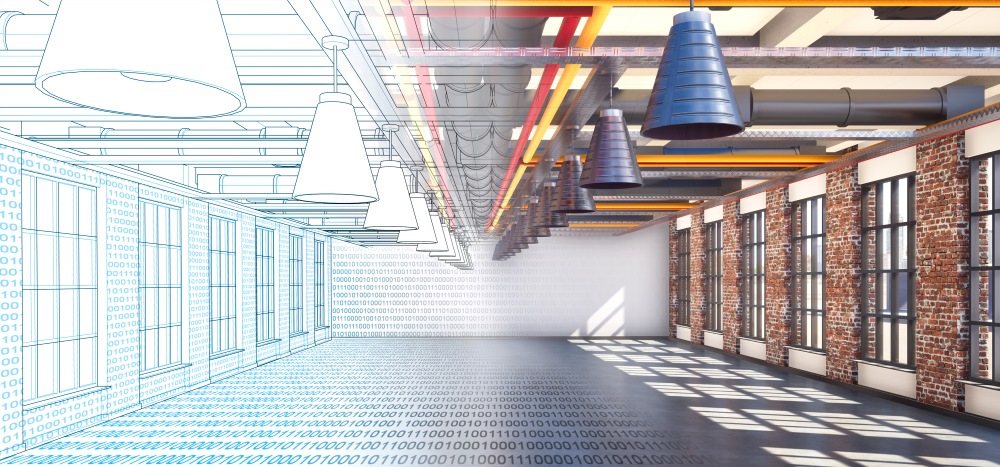
Revit is steadily gaining traction in the integration world as a way to track project details, identify clashes, report on costs, and much more.
In the rapidly evolving landscape of technology and construction, one innovation is making a significant impact on the way the AV integration industry works.
Revit, a BIM software platform developed by Autodesk, provides a way for users to create, edit, and review 3D models in remarkable detail.
Initially designed for building management systems, professionals like architects, structural and MEP engineers, consultants, and designers have been using the tool as part of their process for years. Today, it’s steadily gaining traction in the integration world as well. Many integrators are now incorporating Revit into project-delivery workflows as an efficient way to support complex AV project design, documentation, and collaboration.
Its dynamic, database-driven environment makes design changes seamless, ensuring that every aspect of your AV project is accurately represented. You can create information-rich models in a 3D environment to do things like:
- Identify clashes to resolve issues before they play out on the jobsite
- Track project details
- Report on costs
- Decrease waste
Revit also makes collaboration much easier. You can create your AV model, connect your model to the design team’s models, and enable sharing amongst the entire project team. This real-time collaboration enables AV systems to be layered onto architectural designs. Elements like speakers or screens can be adjusted as the design evolves.
Once you master it, the tool also offers many other advantages:
- Edits made to the model in Revit are updated everywhere else—2D plans, reflecting ceiling plans, schedules, etc.—so that everything is coordinated.
- Dispersed teams can interact effortlessly, test performance, and deliver projects faster with fewer errors and fewer change orders.
- It automates certain routine tasks, such as placement of specific components.
- It supports the use of augmented and virtual reality so users can navigate their way through virtual BIM projects to experience things like sound and lighting before the project comes to life.
- Available plug-ins can simplify tasks like quoting and signal flow creation.
Using Revit may also help integrators land more work. To include AV systems in their projects, consultants are increasingly requiring BIM integration. In other words: No BIM, no bid. Mastering Revit is essential for integrators that want to stay competitive with their bidding.
If you haven’t explored Revit yet, now is the time to determine ways you can adopt this technology. Prepare now to learn how to embrace the changes it brings, find ways to use the platform to enhance your skills, and accelerate collaborate across trades to streamline your project management and AV project outcomes.
This information was provided by members of NSCA’s Emerging Technologies Committee.








